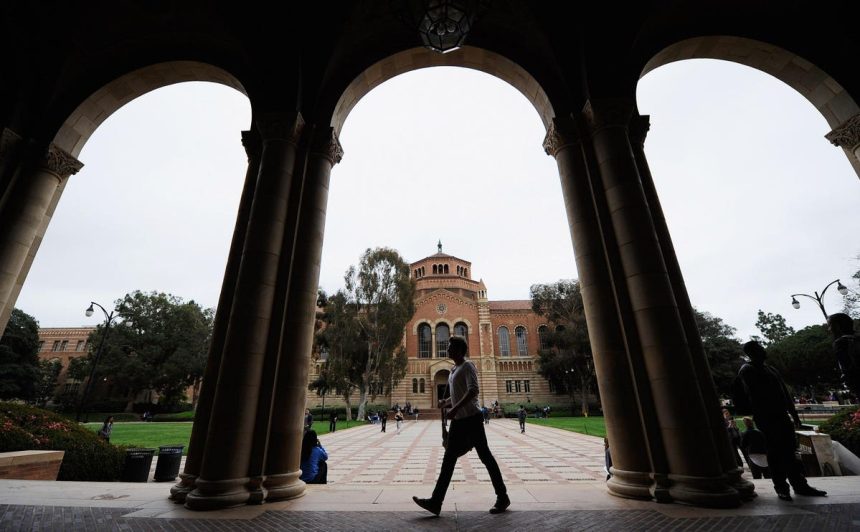The College Board announced it was eliminating SAT subject tests in January 2021 and the essay section of the SAT in June of 2021, stating that the purpose was to “reduce and simplify demands on students.” In its announcement, they mentioned a number of reasons, from the wider availability of Advance Placement tests to the development of more flexible SAT testing.
What it didn’t mention was colleges largely didn’t want them. Pre-pandemic, fewer than a half-dozen US colleges, excluding the University of California system, required the subject tests. No highly selective colleges required the SAT essay section, with less than a handful even recommending it.
As very few colleges were either requiring or recommending the subject tests or the essay section of the SAT each year, more and more schools were becoming test-optional. The Covid pandemic restricted access to testing, with more than two-thirds of colleges becoming test-optional. Only the Florida state system and the military academies required them and only a couple of colleges required students to justify not submitting scores.
At the same time, numerous colleges, including the California Institute of Technology, the University of California’s systems’ 10 institutions, Dickinson, Hampshire, and Reed – became test blind, not considering admissions testing at all in the decision process. Caltech, one of the most selective colleges in the country, stated it will remain test blind for the following year as well. The UC system similarly announced it would continue to be test-optional in 2022 and test blind after that.
Perhaps the opening salvo of colleges taking back control of the admissions testing process was in 1969, when Bowdoin College announced it would become test-optional, one of the very first highly selective colleges to do so. In 1984, Bates College similarly announced it was also going to become test-optional. Not long afterward, a new organization FairTest began tracking this trend as literally hundreds of colleges became test-optional in the coming years.
College admissions officers were asserting that they would decide what they need to see from applicants, not the testing agencies. The arguments in favor of admissions tests were deconstructed, perhaps most popularly and eloquently by Oregon State University Vice Provost Jon Boeckenstedt. In his blog, Admitted Things, he gave a cogent, data-driven analysis of standardized testing, proving that they are neither fair, standardized or, for that matter, useful. For instance, he shows an almost perfect correlation of eighth-grade testing to SAT results:
“You’ll see an r-squared of about .90 [between eighth-grade math and verbal scores and senior year scores] Scientists would use the term ‘winner, winner, chicken dinner’ when getting results like this. It means, for all intents and purposes, that if you know a high school’s mean eighth-grade achievement scores, you can predict their SAT scores four years later with amazing accuracy. And—here’s the interesting thing—the equation holds for virtually every single school.”
Higher education leaders seemed to agree on one thing: the process is not best for students. As Boeckenstedt notes on his blog, that “Complexity in our profession is good for business. A lot of people would be unemployed if college admission were more transparent and easier to understand and less stressful.”
Students have become more and more stressed about the process. It is among a number of factors resulting in The CDC Youth Risk Behavior 2011-2021 Survey finding an enormous increase in the incidence of mental health issues among high school students, including suicidal ideation. The colleges’ actions asserted their authority to do not only what is best for schools, but what is best for students. It was also a rejection of the premise that testing is fair and equitable. Indeed, there is a growing consensus that testing increases inequality in college admissions.
This is an opportunity to radically change admissions to become more transparent and less stressful. There have been some baby steps in this direction. The Coalition for College allows students to present a broader view of their credentials and accomplishments, giving colleges a more thorough picture of applicants, and making the process more collaborative. But it is used by less than 10% of colleges.
Recent national educational policies, from No Child Left Behind to Race to the Top, have been based on the belief that testing is the vital tool to improve education. This is an opportunity to look critically at misconceptions and mistakes and use the evidence to rethink college admissions in a way that actually improves education and opportunities for all students.
Recently, colleges have shown they can actually help improve the application process. Up through the 1990’s, almost all high schools ranked their students. Over the last few decades, the far majority of high schools stopped ranking students and it was the support of the college admissions community that made this happen.
There are other steps colleges can take to improve the process, such as limiting or eliminating athletic recruiting outside of revenue sports, legacy admissions, and preferential treatment for the children of wealthy donors. To date, MIT, Johns Hopkins University, Pomona College, Amherst College, and Wesleyan University have ended legacy admissions. Admitting students on a rolling basis, four to six weeks after application, would considerably reduce stress and anxiety among applicants.
In another positive step, some schools have withdrawn their names from the U.S. News & World Report college rankings. If this trend continues, it will be a game changer for students and their families, many of whom have come to rely on lists without realizing the limits of the information they actually offer.
Sharing data on things like the statistics of recruited athletes, first-generation students, Pell Grant recipients, students in single-parent households, and income would help students make more informed decisions about where they should apply. Additionally, information beyond admissions figures, such as data-supported outcomes of the college experience, would aid students in their choices . Providing details on yield rates, endowments, bond ratings and overall financial health would also be valuable for many.
The elimination of subject tests and the SAT/ACT essays, the steady disappearance of class rank, the increase in test-optional and test blind policies, and the movements to withdraw from US News and World report rankings, and eliminate legacy admissions all arose from actions – passive and active – in the college admissions community. Colleges have shown the ability to begin these necessary changes. College applicants and their families deserve all of this and more.
Read the full article here









